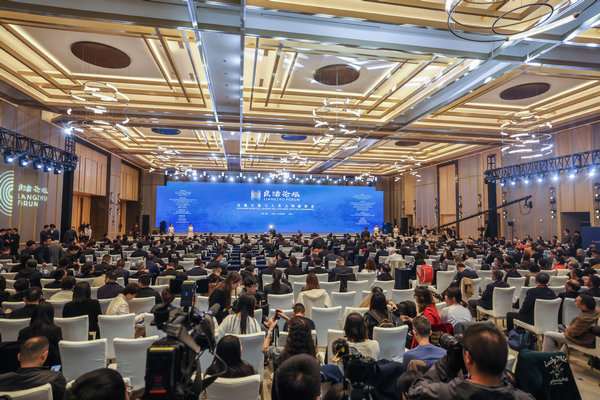

The Liangzhu ruins gained UNESCO World Heritage status in 2019 as a testimony to the existence of Chinese civilization at least 5,000 years ago.
More than 350 sites of the Liangzhu civilization, which date back around 5,000 years, have been discovered in the lower reaches of China's longest river, the Yangtze.
Among the most significant archaeological findings is the ancient Liangzhu city, large expanses of prehistorical rice paddies--the oldest dating back over 6,000 years, and a trove of jade carving artifacts as well as agricultural tools such as plows.
Chen Guangsheng, director of the Zhejiang Provincial Department of Culture, Radio, Television and Tourism, said the ruins of Liangzhu comprise the ancient city, a water conservancy system and suburban settlements.